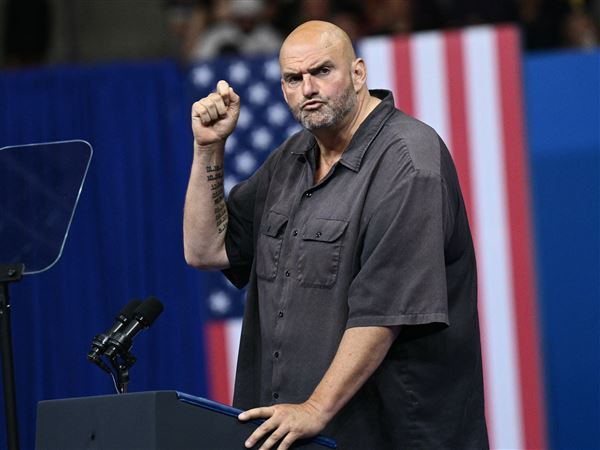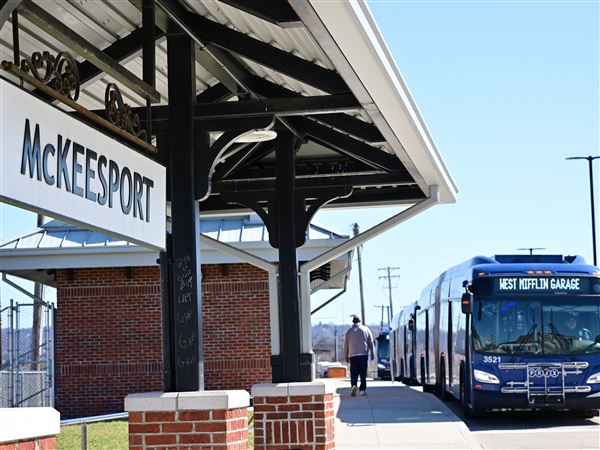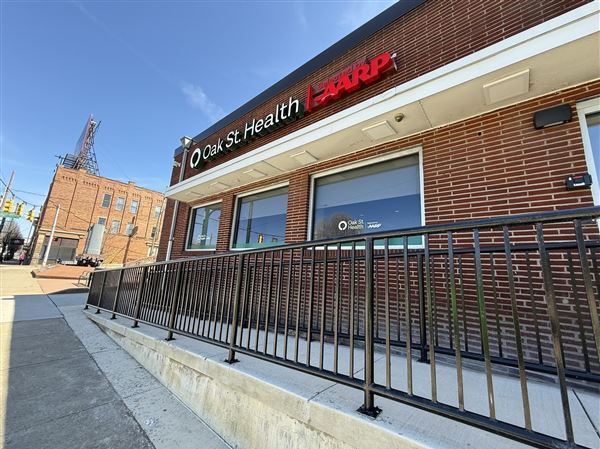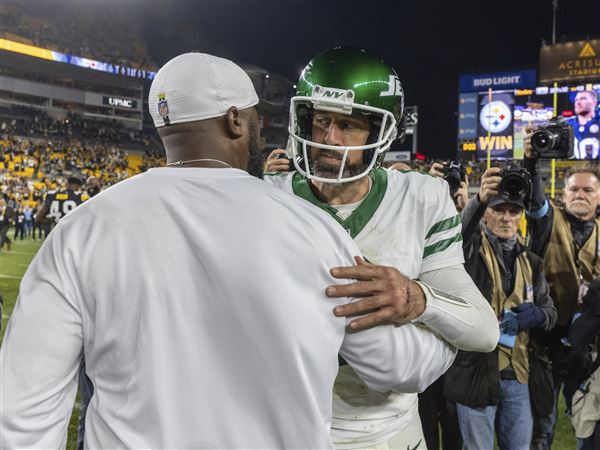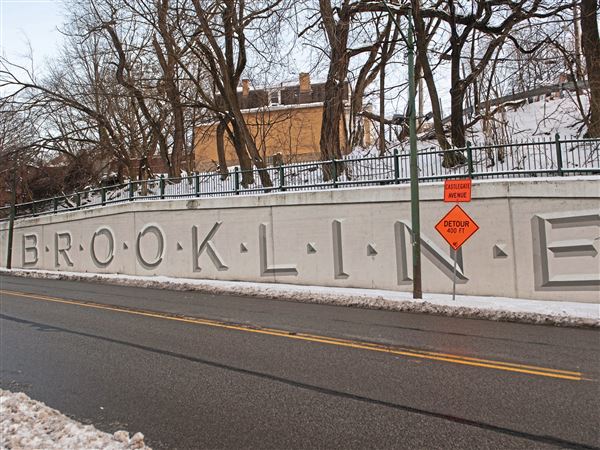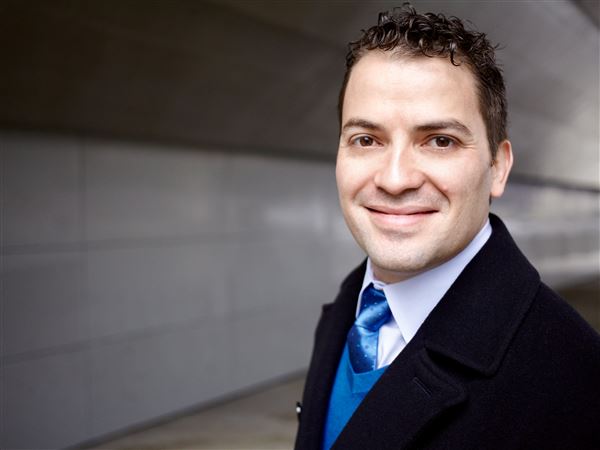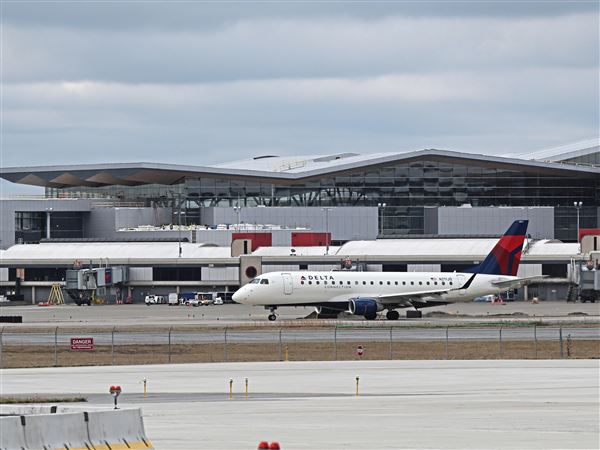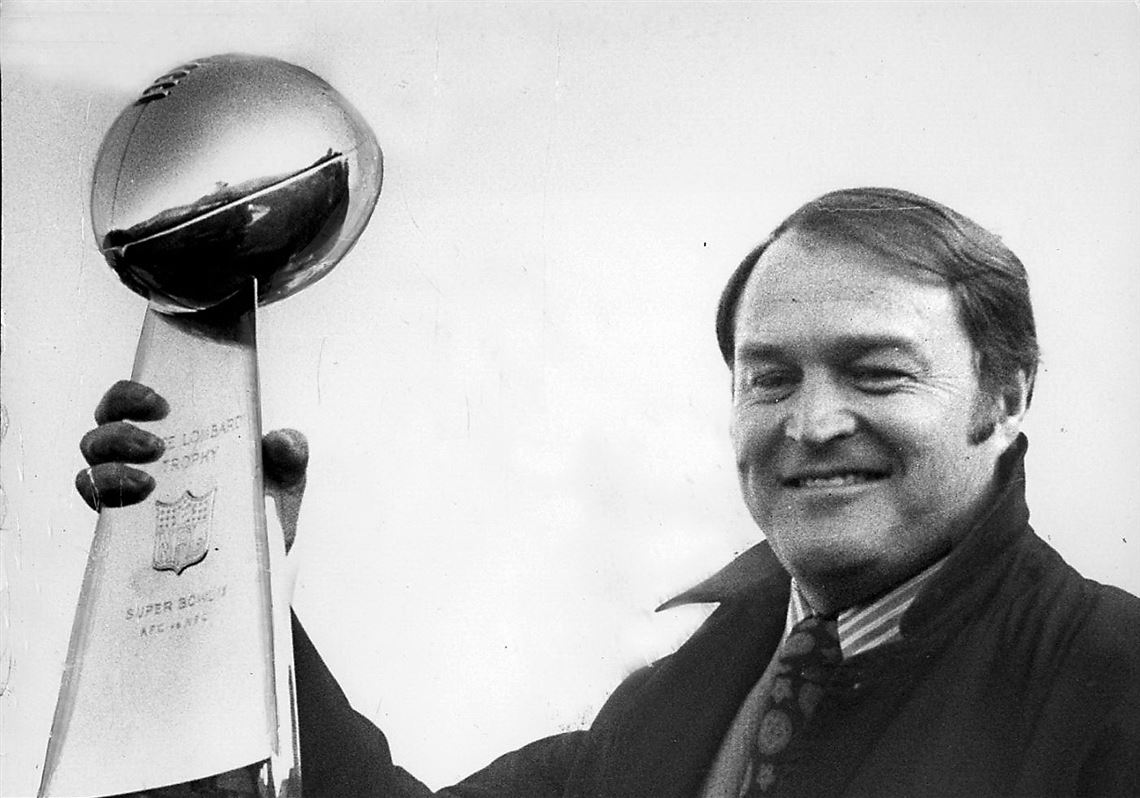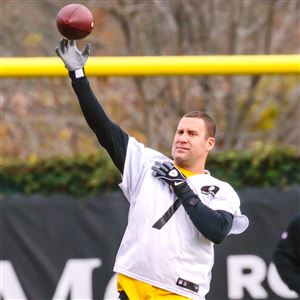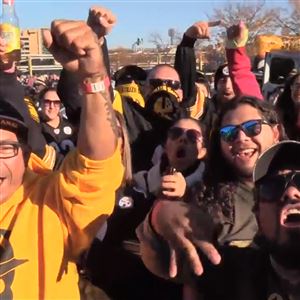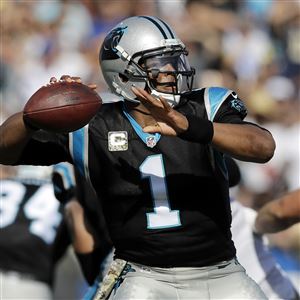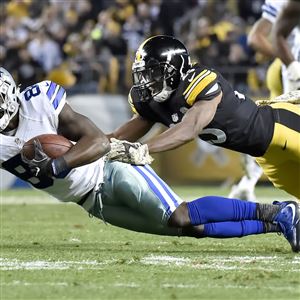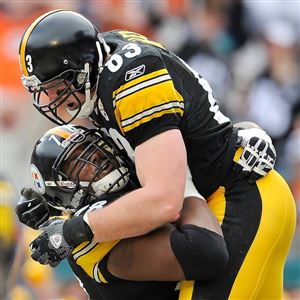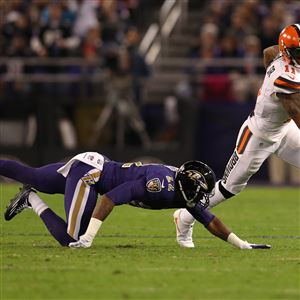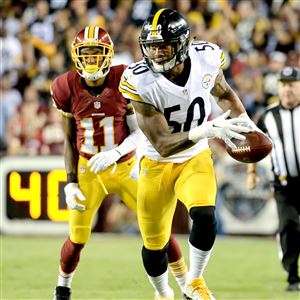It all began one day in 1990 when Steelers neurosurgeon Dr. Joe Maroon broke the news to coach Chuck Noll: His quarterback, Bubby Brister, would not be able to play in an upcoming game because of a concussion.
Noll was perplexed. He told Maroon that Brister looked fine and acted fine all week, and wanted to know what evidence-based data led Maroon to that decision. Maroon said he was merely abiding by guidelines drawn up by experts on concussions that said a player with a concussion must sit out a minimum two games. The National Football League did not have specific guidelines at the time.
“Chuck said, ‘Look, if you wan tme to keep a player out, OK, but I want objective data, not specious guidelines without factual basis,’” Maroon said. “Now I’m thinking, who is he to tell me about this? But I thought about it and said, you know what, he was right.”
That challenge from the four-time Super Bowl-winning coach started Maroon and partner Dr. Mark Lovell on the path to developing the first significant test to assess concussions. More than 25 years later, Noll’s desire to find a more definitive way to test for head injuries has led to the formation of the Chuck Noll Foundation for Brain Injury Research.
The new foundation, which will support continued research and education regarding brain injuries and treatment of sports-related concussions, was formed by Steelers president Art Rooney II, who said he wanted to find an “appropriate way” to honor the late Steelers coach, who died in June, 2014, at the age of 82.
The Steelers will help launch the foundation with an initial contribution of $1 million, the club announced today.
“The idea is to pay tribute to Chuck in a way he would have appreciated,” Rooney said. “He really was the one who set in motion the idea that culminated in the ImPACT test with the conversation he had with Dr. Maroon. It really is one of the most important tools we have today to diagnose concussions and determine when it’s safe for someone to return to play.”
The Pittsburgh region has been at the forefront of research and treatment of sports-related concussion injuries, with the UPMC Sports Medicine Concussion Program considered one of the most respected in the world. Rooney said the Noll Foundation is a way to make sure good research in Pittsburgh is being funded.
“This is where it should start,” said former Steelers running back Merril Hoge, who retired in 1994 after receiving two concussions as a member of the Chicago Bears. “Western Pennsylvania has been, quite honestly, the bedrock and pioneer of head trauma.”
Hoge played seven seasons with the Steelers — five under Noll — and is the first NFL player to retire based on results from cognitive testing developed by Maroon.
Maroon, who hasbeen the Steelers’ neurosurgeon for 34 years, co-developed ImPACT — Immediate Post-Concussion Assessment and Cognitive Testing — the first neurocognitive computerized system used to assess severity of concussions and timing for when a player can return to contact sports.
The ImPACT exam has been employed by NFL team doctors since 2007 and is used to help monitor concussions for athletes in other sports at all levels. Since its discovery, over 12 million athletes and patients have been base lined with these tests. In August, it became the only FDA-approved test for concussion evaluation.
“The current practice for the evaluation for concussions and brain injuries in sports is due in large part to the support and encouragement of Chuck Noll,” Maroon said.
Dr. Julian Bailes, who joined the Steelers medical staff in 1991, Noll’s final season, said that was consummate Chuck Noll — wanting to know more about a subject by getting specific information. Noll was that way with many subjects, including flying, cooking, gardening and other sports.
“Even though he didn’t understand it, his approach was, show me some data I can hang my hat around,” said Bailes, chairman of the Department of Neurosurgery and Co-Director of the North Shore Neurological Institute. “Unknowingly, that became a big contribution to the field.”
Bailes will be part of a national medical advisory panel that will help evaluate which research programs the Noll Foundation will fund. Also on the panel are Rooney, Maroon, Hoge, neurosurgeon Dr. Regis Haid, founding partner of the Atlanta Brain and Spine Care Center; and Steelers investors Rob Citrone and Larry Paul.
Bailes, who has served as an advisor to the NCAA, is also medical director for Pop Warner Football, the largest youth sports association in the U.S. In an effort to reduce head trauma in kids, Pop Warner eliminated head-contact drills in practice beginning in 2012. This year, the group became the first football association to eliminate kick returns in a game at the youngest level.
“As a player for the Browns and as a coach, Chuck endorsed a very rough style of play that was not inappropriate at the time because we didn’t know what we know now,” Bailes said. “He would be fascinated by this. Knowing him, he would be right at the forefront of the discussion.”
Hoge said continued research will do more than help players in the NFL; it will help to further educate parents of children who want to play football about the facts of head trauma and what he called the “baseless myths” surrounding the condition. Hoge noted there are 1,800 players in the NFL, but 4 million kids playing youth football.
Hoge is a member of the board of directors for USA Football, the national governing body on youth and amateur levels.
“With more funding, we can get something even more important to help us and to help empower people, specifically the parents, to give them the truth of this injury, as opposed to the bunch of lies and fear tactics, so they can take the right information and then make a decision for their family,” said Hoge, an NFL commentator for ESPN. “We want to help parents with that. We’re not making decisions, but we can help clear it up.”
First Published: November 17, 2016, 3:01 p.m.
